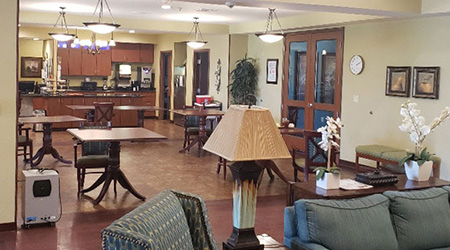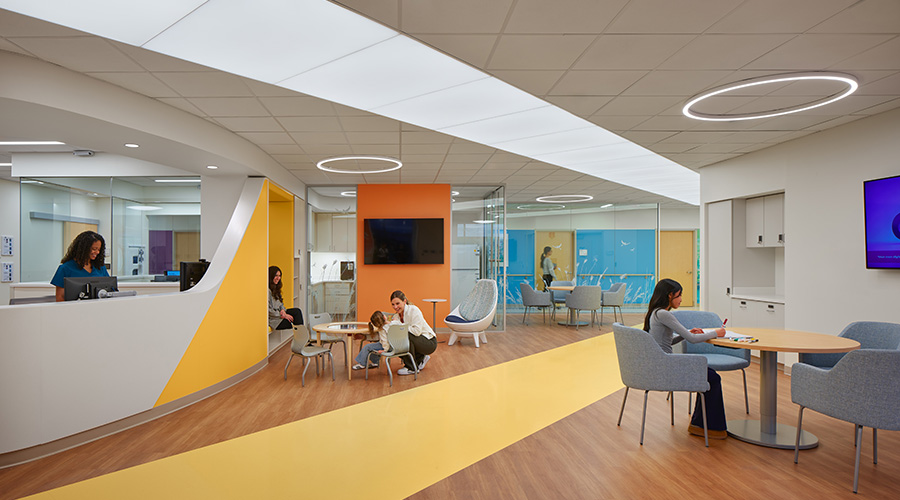Crown Point Health Suites (Crown Point) is reducing its carbon footprint by upgrading indoor and outdoor lighting to LED fixtures and adding HVAC compressor sensors to track usage—all while funding 100 percent of the upfront cost of replacing everything through utility bill savings.
The long-term care facility turned to Budderfly for its Energy-Efficiency-as-a-Service.
Since 2011, Crown Point has accelerated healing by providing skilled nursing services that promote patient autonomy and self-determination in a comfortable, resort-like 108-bed environment. The organization opted for standard two and four-pin fluorescent lighting and screw-in bulbs rather than the new and expensive LED systems. But over the years, the inefficiency of these systems became clear, and the irregular replacement of bulbs created mismatched appearances of color, brightness, and temperature in lighting throughout their facilities. The problem was more than cosmetic; proper lighting is also critical for safety reasons, to prevent accidents and facilitate the reading of medication labels, etc.
“It was a battle to constantly change fluorescent lights out," says Crown Point co-founder and CEO, Rick Ruble. "Lighting can make or break the look of an environment, and we were replacing as many as thirty bulbs each month. It was overwhelming for the maintenance department."
At first, Crown Point was skeptical because they had already spoken with competitive vendors, but the upfront capital costs of updating their LED lighting, HVAC system, and thermostats were too great for them to handle alone. Budderfly proved to be different because they absorb that capital expense and cover all costs using only utility bill savings—making the entire process completely risk-free.
To achieve its savings, the facility installed more than 3,500 commercial-grade LED fixtures, ballasts, dimmers, plates, and bulbs. In addition, Passive Infrared (PIR) occupancy sensors were implemented to detect when a room wasn't occupied and automatically adjust the lighting.
New CWS HVAC technology to track how long the HVAC compressors or heaters were running were also installed. Finally, smart commercial thermostats along with a Venstar Explorer Module to enable remote thermostat control via a mobile application, was used. A Venstar Lock Ring for the thermostats prevents unauthorized adjustment to climate control settings.
“With the unique design of four households and a community center under one roof, Crown Point needed an environmental partner who is experienced enough to know their challenges and skilled enough to upgrade their facilities with the latest energy-efficient equipment,” says Al Subbloie, CEO, Budderfly. “We are proud not only to upgrade their facilities requiring no out-of-pocket costs but also to give them the means to better control power consumption by monitoring an all-inclusive energy dashboard.”
Moving forward, Budderfly will replace all of Crown Point's HVAC units and continue ongoing maintenance in keeping with their Energy Efficiency as a Service (EEaaS) policy, all with no upfront costs.

 Contaminants Under Foot: A Closer Look at Patient Room Floors
Contaminants Under Foot: A Closer Look at Patient Room Floors Power Outages Largely Driven by Extreme Weather Events
Power Outages Largely Driven by Extreme Weather Events Nemours Children's Health Opens New Moseley Foundation Institute Hospital
Nemours Children's Health Opens New Moseley Foundation Institute Hospital Code Compliance Isn't Enough for Healthcare Resilience
Code Compliance Isn't Enough for Healthcare Resilience Ribbon Cutting Marks First Phase Completion for New Montefiore Einstein Facility
Ribbon Cutting Marks First Phase Completion for New Montefiore Einstein Facility